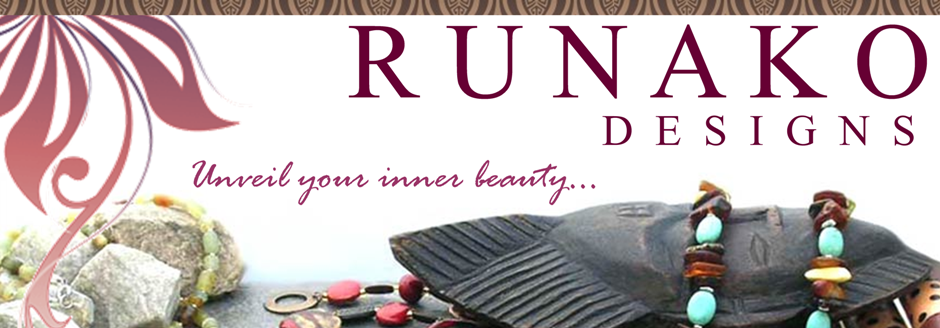 |
| FTR Booklet |
Today is day two of a 14 day series on Fair Trade, leading up to Fair Trade Day on May 14th. Hopefully, by now if you don’t already know what Fair Trade is, I’ve peaked your interest. If you do already know about Fair Trade, hopefully you’ll learn something new and get excited all over again.
Don’t run away just yet, I promise not to bore you today with a lecture on the background and history of Fair Trade. There are way too many websites out here that have done all of that hard work. With my lack of time, I have no intentions of recreating the wheel. I’ll only provide the subliminal messages, and links to the well written details you need to know, and leave the in-depth research up to you...so, shall we begin?
How do I know if an item is a Fair Trade Product?
 |
| photo from Fair Trade USA.org |
The best way to recognize if an item is fairly traded is to look for a Fair Trade Label. There are several FT certifiying and promoting organizations in the world, but only a few big players. Click this link to find a list of Fair Trade organizations by country and type. Then visit their websites to become familiar with their labels.
What is a Fair Trade Organization?
A Fair Trade Organization is “a big dog“…they watch over manufacturers, producing communities and organizations to ensure that they are following guidelines specific to Fair Trading to ensure economic principles and social justice. Below is an example from the World Fair Trade Organization on a few principles that they hold their members to for producers (workers/artists). The above link will also take you to a page where you can search for FT products or organizations who are 100% committed to the principles of Fair Trade.
1. Gender equity - Women and Men are paid equitably for equal work. Fair traders recognize the value of the work women perform as producers and as leaders.
2. Healthy working conditions - Fair Trade means a safe and healthy working environment. Any children who participate in Fair Trade production are assured security, education, well-being and recreational requirements in accordance with the United Nations Conventions on the Rights of the Child.
3. Transparency and Accountability - From managers and commercial relations to prevent easy manipulation. Some are subject to external verification, audits and frequent self-assessments.
 |
| Necklace created by Runako Designs using Fair Trade beads |
5. Favorable Terms - Most Fair Traders extend several months of working capital to their producer on favorable terms in advance of receiving product; whereas, most commercial trading terms carry a 60 to 90 day wait for payment. These favorable terms of Fair Trader partners - typically 50%, allow producers to ensure material costs are covered and assists in preventing hardship, should items fail to sell. This favorable terms encourages producers to produce only quality products for their partners.
These are just a sampling of the economic principles that Fair Traders are held to. Most organizations follow similar guidelines with few differences. Visit WFTO for a complete list of their principles and participating organizations.
Well….that’s my drive by education for today. That should be plenty to get you excited about spreading the word and doing more research on Fair Trade.
Tomorrow I’ll share with you a story about my favorite Fair Trade retailer in my own hometown and what great events they have coming up for Fair Trade Day…you won’t want to miss.
Until then, take a look around the following websites, they are loaded with great information. Then skip over to Autonomie Project, where they are holding a Fair Trade Tee Design Contest. If you have skills and want to see if you can design a winning tee, you have 6 more days for your chance at stardom!
Resource links for your pleasure:
Word Fair Trade Organization
Fair Trade Resource Network
Fair Trade USA
Fair Trade Federation
World Fair Trade Day (official Site)
Unveiling and teaching,























10 comments:
Thanks for the links, I will educate myself. Have a great day.
You're welcome Regina, I'm similar to you, if I find something that peaks my interest I have to dig deeper to make my final decision and way the pro's and cons. I appreciate you taking the time to do further research.
Dee, thanks for bringing this to the spotlight today! Fair Trade goes way under the radar alot of the time, unfortunately. Especially these days, with the hue and cry to "Support Local". Supporting local is important, no doubt about that, but it's just as important to think globally too. It's not just a small area we live in, and we are truly in a global economy these days.
I mentioned Beads For Life in my comment on your last post, but I forgot that I also use Kazuri beads. Your necklace here reminded me! I used a Kazuri bead as a focal in my bracelet for the 7,000 Bracelets project.
Holly, you are so right on the need to think globally and locally, and both can be done, we just have to find a balance. With just a 5% change in our thinking of how we spend some of our "extra", we can help so many others in need..roughly about $400 a year per person...heck I'd blow that at Christmas, lol
Linda,
Kazuri's are my favorites...love those beads!! I remember your bracelet.
I love your drive by lesson on fair trading today-My notebook is filled with wonderful notes and I'm off to give my brain some brain juice with some of those links you've shared xD
This is so great!
Thanks Kayla, don't get brain freeze out there tonight! It's a lot to take it, but oh so very interesting!
Great post! I've never really gotten into the details of fair trade products...just know that they do good things. I'm going to start taking a closer look around my area for FT items. Thanks! Jen
That's wonderful Jen, and you could definitely incorporate some of the fair trade jewelry findings into your beautiful jewelry.
Post a Comment